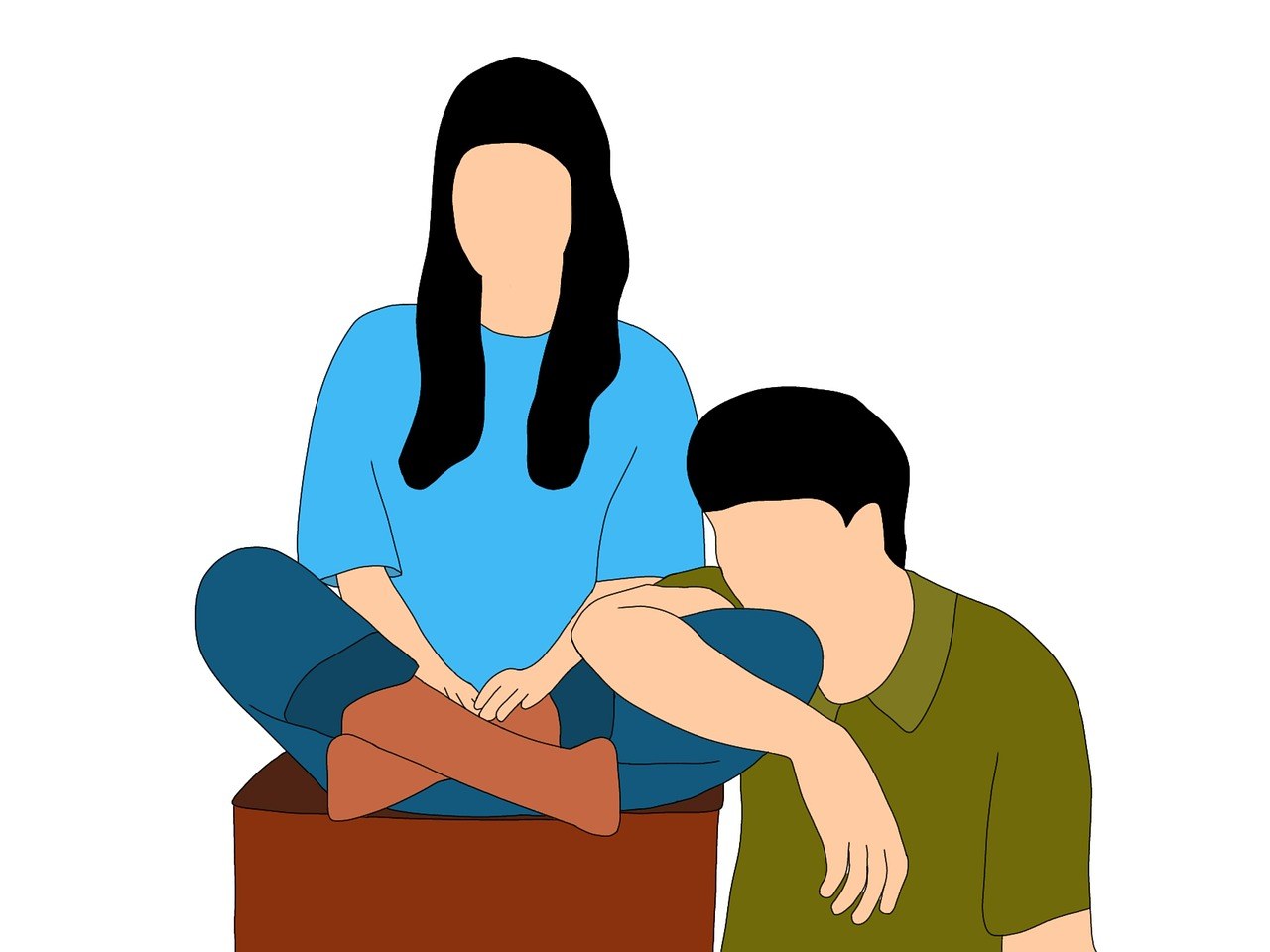Love rarely moves in a straight line – it zigzags, doubles back, and sometimes takes the scenic route. When your heart is involved, identifying where you stand can feel confusing, especially when so many types of relationships appear to overlap. This guide reframes familiar patterns with fresh language so you can recognize dynamics, name what’s happening, and decide what comes next for your romantic life.
Think of the many types of relationships as a spectrum rather than boxes. Labels can be useful – they offer a shared vocabulary when you need to talk about boundaries, expectations, and needs – but no single label captures an entire love story. Your experience may blend several elements at once, and that’s normal. By understanding the most common types of relationships, you’ll be better equipped to notice what’s healthy, what’s challenging, and what could change with honest conversation.
How different dynamics can blend
Every partnership leaves an imprint – some tender, some tough. A relationship might shine in public yet feel shaky in private, or look messy from the outside while offering profound comfort behind closed doors. That’s why the most accurate picture emerges when you consider multiple types of relationships at the same time: affection can coexist with resentment, trust can wobble even amid deep commitment, and growth can sprout from conflict.

Language around love is shaped by culture, community, and personal history. Instead of getting stuck on one definition, use these types of relationships as signposts. They’ll help you map where you are, highlight roadblocks, and point toward detours that serve you better.
Finding your place on the map
If you’re unsure how to describe your situation, read through the following types of relationships and notice what resonates. You may recognize one pattern clearly, or you may see fragments of several. That’s a cue to talk – both with yourself and your partner – about the shape you want your connection to take. The more precisely you understand the current dynamic, the more intentional your next steps can be.
-
Codependent partnership
In a codependent pattern, identity collapses into the relationship. One or both partners become the other’s decision-maker, caretaker, and emotional barometer – often at the expense of personal boundaries. Among the types of relationships that feel intense from the start, this one is especially consuming, and it can crowd out friendships, hobbies, and self-trust.

-
Controlling partnership
Here, one person steers while the other is expected to follow. Rules masquerade as protection, and autonomy shrinks over time. Within the broader types of relationships, control may show up as jealousy, surveillance, or constant criticism that erodes confidence and makes honest dialogue difficult.
-
Grief-bonded connection
Shared loss can draw two people together through understanding and relief. Initially, the companionship is soothing; later, it may feel like a placeholder for what was lost. This is one of the types of relationships where tenderness and emptiness can alternate – both truths can exist at once.
-
Open arrangement
Partners commit emotionally while consenting to intimacy with others. Clear agreements, ongoing check-ins, and transparency are essential. Among the types of relationships that demand high communication, this one thrives on explicit boundaries and shared definitions of respect.

-
Negotiated harmony
Compromise is the currency here. Both partners practice the art of meeting in the middle – not as a grim trade, but as an active skill. When balanced, this is one of the types of relationships that cultivates maturity, flexibility, and long-term stability.
-
Toxic entanglement
Appearance and reality diverge. Support is inconsistent, empathy is scarce, and conflict becomes a contest. Within the types of relationships, toxicity often shows as contempt, manipulation, or scorekeeping that turns intimacy into a battlefield.
-
Casual fling
The present moment takes center stage – no plans, no promises, just shared enjoyment. This is one of the types of relationships that can be honest and kind when expectations are aligned, and equally painful if someone quietly hopes for more.
-
Asexual bond
Emotional closeness exists without sexual attraction or activity, either from the beginning or after a shift. Among the types of relationships that challenge assumptions, this one affirms that intimacy has many forms – companionship, care, intellectual partnership – all valid and meaningful.
-
Showpiece pairing
Status, access, or material perks form the bedrock. Affection may be real, but the foundation leans toward optics. As one of the types of relationships rooted in external rewards, it can feel hollow if deeper compatibility isn’t also nurtured.
-
Purely physical liaison
Chemistry is the point and the perimeter. You connect for sex and part ways without weaving your lives together. Within the types of relationships that prioritize spark over substance, clarity about boundaries keeps things respectful.
-
Drifted devotion
Love is present, but attention isn’t. Careers, family duties, or endless tasks siphon energy from the relationship. This sits among the types of relationships that benefit from intentional time – small rituals can reawaken connection.
-
Imperfect but accepted
You see the flaws and choose the whole package. Acceptance can be wise – no couple is flawless – yet it can also become an excuse for avoiding change. Of all the types of relationships, this one hinges on distinguishing “quirks we can live with” from “hurts that need repair.”
-
Staying without joy
The relationship continues for reasons other than happiness – shared history, logistics, fear of starting over. As one of the types of relationships that lingers, it often contains nostalgia for what used to be and ambivalence about what is.
-
Long-distance devotion
Hearts are close, homes are far. Trust, planning, and creative intimacy carry the load until geography changes. Within the types of relationships that test patience, this one thrives on consistency and a clear timeline.
-
Complicated situation
Problems are acknowledged, solutions are elusive. Resentment or distrust may build while the hard conversations keep getting postponed. Among the types of relationships that benefit from structured support, this one often improves with guided dialogue and practical tools.
-
Emotional triangle
Attachment grows outside the primary partnership, even without physical contact. Secrets become their own intimacy. This sits within the types of relationships that blur lines – honesty and boundaries are crucial if the primary bond is to recover or reconfigure.
-
Friends-with-benefits pact
Friendship and sexuality mingle, while romance stays officially off the table. Clear expectations are vital because feelings have a habit of changing their minds. As one of the types of relationships built on ease, it remains healthy only if both people keep communicating when the script shifts.
-
Love-hate spark
Passion surges, tempers flare. The highs are cinematic; the lows, exhausting. Within the types of relationships that run hot, learning to argue without cruelty determines whether intensity becomes intimacy or burns the house down.
-
Unsteady security
Independence is present, yet doubt keeps knocking. Accusations or reassurance-seeking become routine. Among the types of relationships that tire the heart, this one eases when self-worth grows and trust-building habits take root.
-
Abusive control
Power is used to harm – with words, isolation, threats, or physical violence. Safety is the priority, and leaving is the necessary step. Of all types of relationships, this is the one that must be exited and addressed with support from trusted people and professionals.
-
Large age-gap bond
Partners differ significantly in age and often in life stage. Compatibility is possible, but expectations around energy, goals, and timelines may diverge. This is one of the types of relationships where outside opinions can be loud – clarity between partners matters most.
-
Uneven giving
One person over-functions – offering time, labor, or affection – while the other primarily receives. Over time, resentment accumulates. Within the types of relationships that feel lopsided, recalibrating contributions restores fairness and dignity.
-
On-off cycle
Breakups and reunions repeat like seasons. Distance magnifies the good memories; proximity revives the old issues. Among the types of relationships that loop, progress comes from addressing the original problem rather than riding the next wave of chemistry.
-
Transitional step
This connection bridges where you’ve been and where you’re going. It may be brief yet meaningful – a chapter that helps you remember your worth, refine your boundaries, or imagine a different future. As one of the types of relationships that catalyze growth, its value can be clearer in hindsight.
-
Just-for-joy adventure
Play, discovery, and everyday delight define the bond. You’re not rushing labels or milestones; you’re building memories. Within the types of relationships that spotlight fun, frank conversation about expectations keeps the ride smooth.
-
Rooted, reciprocal love
Compatibility and care meet effort and patience. You accept imperfections, repair hurts, and keep choosing each other. Of all the types of relationships, this one feels less like a finish line and more like a daily practice – tender, sturdy, and real.
Using these patterns to navigate forward
Names are not verdicts – they’re tools. If you recognized yourself in several types of relationships, that’s a cue to explore the mix: Which parts feel nourishing, and which parts drain you? Which habits could shift with clear requests or new routines? The right label is the one that helps you act.
When you talk with a partner, it helps to point to examples: “Lately we’ve drifted like the ‘drifted devotion’ description – can we carve out protected time each week?” or “I relate to the ‘uneven giving’ section – how can we redistribute the load?” Framing your experience through shared types of relationships language keeps the focus on patterns rather than personal attacks, which opens the door to change.
And if your heart is still unsure, remember that love is iterative. You try, you learn, you adjust – sometimes you leave, sometimes you stay and rebuild. Understanding the common types of relationships won’t predict every turn, but it can illuminate the road enough for you to take the next brave step with intention.